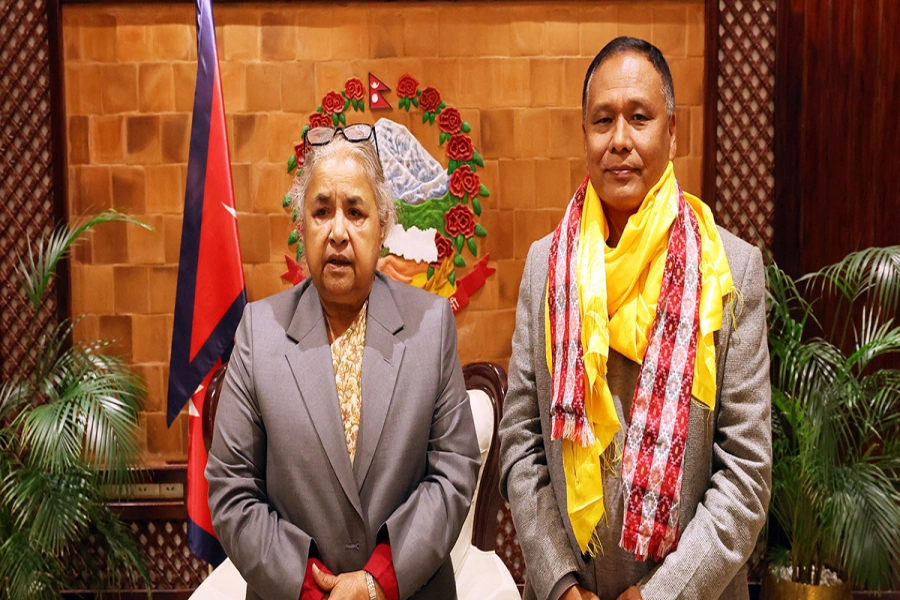KATHMANDU, June 22: Nepal's trade deficit with India has hit a record high in the current fiscal year.
According to data compiled by Trade and Export Promotion Center (TEPC), Nepal suffered trade deficit of Rs 491 billion in the first 10 months of 2016/17 which is already higher than the total trade deficit that the country has suffered in any fiscal year.
Surge in import of products like petroleum products, iron and steel, and automobiles and machinery items by more than 40 percent is one of the reasons that shot trade deficit to the highest levels to date.
In the current fiscal year, Nepal imported goods worth Rs 526.49 billion, while it exported commodities worth mere Rs 35.7 billion. According to TEPC, the trade deficit will widen further this year as the export of the commodities like carpet, handicraft, and Nepalese paper among others have fallen significantly.
Import from India in the first 10 of the current fiscal year is 40.2 percent higher compared to import figures of the same period of the last fiscal year. Nepal's trade deficit with India has been increasing with each passing year. The overall trade with India in the first ten months of the current and last fiscal year stood at Rs 561 billion and Rs 526 billion, respectively.
According to TEPC, nearly 57 percent of Nepal's total imports in the first 10 months of 2016/17 came from India alone.
The country recorded total trade deficit of Rs 447.7 billion in 2015/2016 and Rs 444.19 billion in the 2014/2015 with India. Likewise, such deficit with India stood at Rs 422.89 billion in 2013/2014 and Rs 346.16 billion in 2012/2013.
While exports to India grew by 13.3 percent, imports from the southern neighbor surged by a massive 40.2 percent in the first ten months of the current fiscal year.
Trade deficit with India has been ballooning every year. Nepal had suffered trade deficit of Rs 100 billion in 2006/2007. The deficit breached the Rs 100 billion mark in 2007/2008.
Talking to Republica, former commerce secretary Purushottam Ojha said that the trade deficit with India will widen further in the coming days if the government failed to devise strategic plans and policy to lower import from the southern neighbor and be self-sufficient in agricultural products.
“Nepal can achieve self-sufficiency in many products. But the country has been importing such products in huge volumes from India,” he said, adding that it was unfortunate that the country is dependent on India for even agri products.
“Trade deficit will gradually start falling, once the country becomes self-sufficient in agricultural products.”
He also urged the government to promote small, medium and cottage industries in rural parts of the country to increase manufacturing. “Investment in manufacturing sectors will also help to bring down trade deficit,” he added.
Iron and steel, petroleum products, automobiles, machineries, and cereals, among others, are Nepal's major imports from India. Import of thee products has been growing with each passing year.
Import of petroleum products increased by 100 percent year-on-year in the first 10 months of the current fiscal year. Similarly, import of iron and steel (38 percent), automobiles and its parts (45 percent) and cereals (five percent) also grew significantly in the review period.
Meanwhile, export of Nepal's major exportable products to India fell significantly in the review period. Export of products like woolen carpet, readymade garments, ginger, and cardamom, among others, fell by nearly 10 percent in the first ten months of the current fiscal year.
Likewise, the country's overall trade deficit in the first ten months of the current fiscal year stood at Rs 746 billion.
Nepal’s foreign trade declines, trade deficit reaches over Rs 1...




































